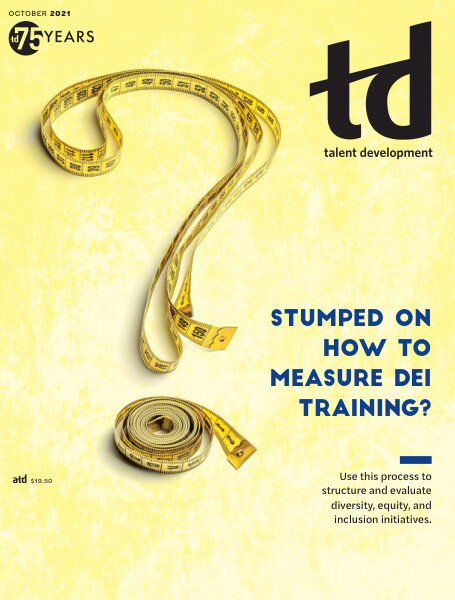TD Magazine Article
5 Inclusive Language Pointers for Trainers
Use these tips to eliminate language obstacles that prevent inclusion.
Fri Oct 01 2021

A facilitator's word choices can either create understanding and connection or sabotage them. Use these tips to eliminate language obstacles that prevent inclusion.
1. Research the audience in advance.
Determine inclusive language choices by discovering the identity words and phrases learners use and integrating them into training materials and talking points.
2. Ask for pronouns.
Using attendees' pronouns is a way to show respect and inclusion. If gender isn't relevant to your topic, keep content gender neutral.
3. Avoid using slang.
Many phrases, such as "cakewalk," "peanut gallery," and "off the reservation," were first used to be harmful to marginalized communities. Use more formal word choices instead.
4. Examine content for bias and stereotypes.
Review facilitator guides and training materials—including images, videos, and illustrations—for content that reinforces implicit bias and stereotypes. Use external reviewers when possible.
5. Welcome feedback and adjust.
Allow participants to share terminology points of order in real time, and use that knowledge to enhance the overall learning experience.

